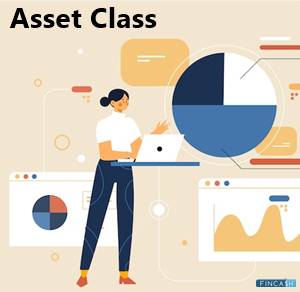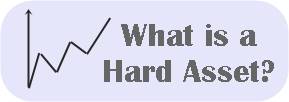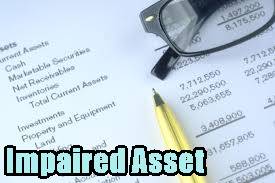What is an Asset Class?
There are innumerable options available for Investing money in various assets. These are stock markets, Real Estate, government-issued securities, gold, etc. Such assets are similar to each other when examined by certain factors. Grouping such similar assets according to the similarities in their features brings out an asset class.

The obvious question is – what are the parameters that define the constituents of an asset class? The following factors help in distinguishing different asset classes:
- liquidity of an asset
- Nature of returns on the asset
- Market behavior of the asset
- Rules and regulations regarding the asset
Sometimes, different asset classes are correlated to each other. This correlation can be negative or positive. This means if there is an increase in returns in one of the asset classes, there might be a fall in the rate of return of another asset class.
The Need for Asset Classes
With the expansion of incomes, rise in the levels of per capita Income, and increase in Financial Literacy among people, investments have been on the rise for the past couple of decades. Since people are serious about investments, they want the maximum possible returns out of them. All the assets owned by an investor are collectively known as an investment Portfolio. Investors try to invest in as many different assets as possible to get satisfactory returns. This is called diversification of portfolio. This diversification is made easier by grouping similar assets together. Analyzing various investment options and choosing among them is simplified by making asset classes.
Talk to our investment specialist
Six Major Asset Classes
The traditional classification of assets had only three main asset classes: Equity, Fixed Income, and Cash and Cash Equivalents. But as the economies grew and people became keener on investing their money, new investment options were discovered. Thus, now there are six major asset classes, which are as follows:
1. Equity
Commonly known as stocks, equity investments allow you to invest your money in the stock market. When you invest in a company’s equity, you become a company’s shareholder. Your returns depend upon the profits earned by the company.
2. Cash and Cash Equivalents
Cash includes cash in hand, and cash equivalents comprise marketable securities. These are the most liquid assets. Cash equivalents include short-term investments that can be easily converted into cash.
3. Fixed Income or Bonds
These are the Bonds and similar securities issued by the government. They are usually for a fixed period and are called ‘fixed income’ because they have a Fixed Rate of Interest on them for the specified time, after which the principal amount is returned.
4. Real Estate
These are property investments. It can be Land, a Flat, an apartment, or even a building. Real estate investments are usually long-term and are the least liquid investments.
5. Commodities
Commodities include three categories: agriculture, energy, and precious metals. Agriculture includes agricultural products, like Raw Materials and finished products; energy includes oil, natural gas, etc.; and precious metals are gold, silver, etc. The inclusion of commodities in an investment portfolio will reduce Volatility and can guarantee stable returns to some extent. The returns on commodities are affected by production and politics.
6. Derivatives
A derivative is basically a contract. The Return on Investment is not directly due to the contract but because of an Underlying asset. The price of the asset determines the returns. Derivatives are of four major types: futures, forwards, options, and swaps.
Another Emerging Asset Class - Cryptocurrency
With blockchain technology spreading as rapidly as ink dissolving in water, cryptocurrency has emerged as an investment option. The overlap of finance and technology has given birth to this digital currency. This asset class has a whole new set of features unique to it. But it is still at the initial stage, and nobody knows; it might not turn out to be an asset class in the future.
Conclusion
Defining asset classes is not just beneficial for individual investors but also for big companies as the process of allocation of surplus funds is simplified. The investment options available in the current economies are numerous, so this streamlining of similar kinds of assets enables you to make a better decision by weighing the pros and cons of various investment options.
All efforts have been made to ensure the information provided here is accurate. However, no guarantees are made regarding correctness of data. Please verify with scheme information document before making any investment.












